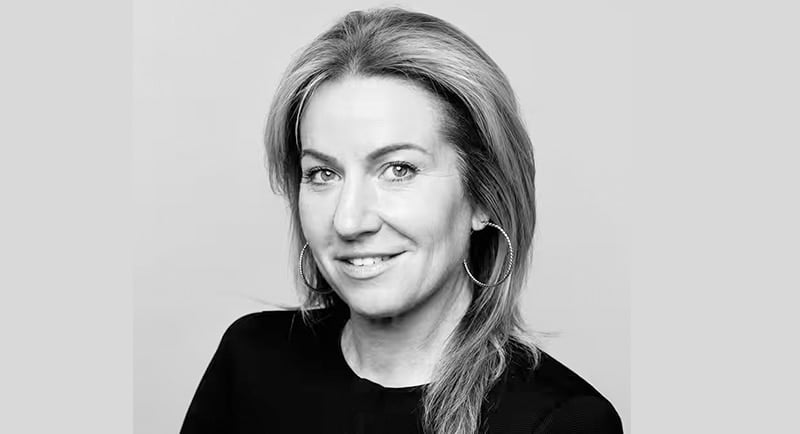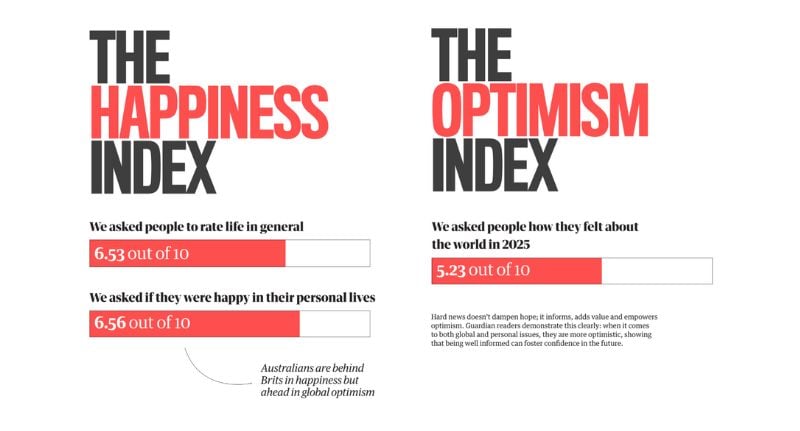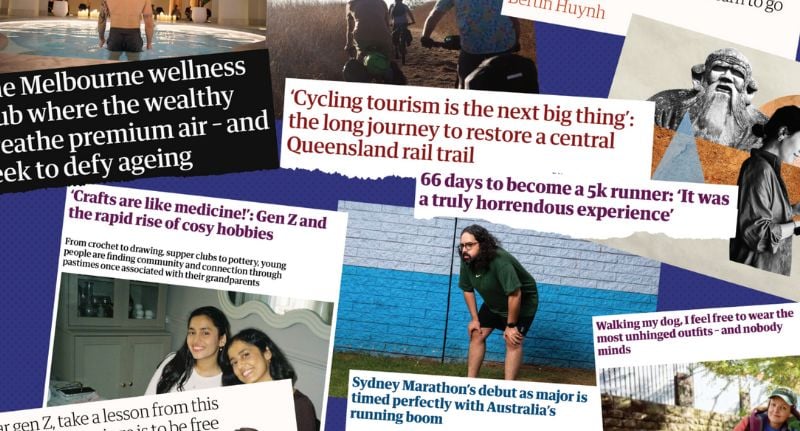Australians are quietly rebuilding the shape of their week, and The Guardian Australia’s new Shift Happens report suggests the cultural reset is far deeper, and far more commercially relevant, than brands realise.
For the first time, the annual cultural insights study includes extensive Australian research, and the findings map a nation reorganising its days around earlier mornings, deliberate downtime and what The Guardian Australia calls “micro-moments” of purpose.
For Rebecca Costello, Managing Director of The Guardian Australia and New Zealand, these changes aren’t cosmetic.
Instead, she told Mediaweek, they’re redefining when, where and how attention is captured.
“Australians are restructuring their days around earlier starts, flexible work patterns and what we describe as ‘micro-moments’ – short, purposeful bursts of activity. For advertisers, this represents a fundamental shift in how and when attention is captured,” she said.
Early starts, smaller circles and the rise of morning influence
The research, spanning 1,300 Australians and additional deep-dive interviews, finds early mornings have replaced late nights as the cultural anchor point.
Forty per cent now exercise more than they did three years ago, and 20% have taken up gym or outdoor workouts for the first time. Cafés have edged out pubs as Australia’s social hubs, with 37% spending downtime in cafés, rising to 45% among readers.
The ideal day is pared back and intimate: 55% say it involves a small group of close friends, climbing to 62% for men, and 60% of women say their ideal day involves no alcohol.
Meanwhile 28% do household chores before work, 28% spend free time at the gym, and 71% say their weekly routine has changed since 2022.
Costello says this behaviour is reshaping the role of mornings in media.
“The first impression of the day now carries significant influence. The Guardian Australia, across its app, website and newsletters, is often the first thing our audience reads or listens to in the morning,” she said.
“That environment offers brands a rich opportunity to connect with audiences in a trusted, high-attention context.”

Rebecca Costello
Flexi-Fridays and the new definition of work-life balance
The study shows flexibility has become a cultural expectation rather than a corporate perk.
Fifty-seven per cent of Australians say work-life balance is essential, with readers rating flexibility even higher at 62%, compared with 51% of the general population.
And while 42% of employers now mandate in-office days, Australians have quietly re-engineered Fridays. For many, it’s a hybrid day of productivity and soft-launch leisure:
• 57% say Fridays feel more relaxed
• 32% say Friday is the happiest day of the week
• 48% finish work early
• 51% clear life admin to enjoy the weekend
• 39% take longer lunch breaks
• 40% fit in lunchtime exercise
Costello says Shift Happens was expressly designed to help media buyers understand these patterns.
“Shift Happens was developed as a practical tool for media buyers who want to understand and reach Australia’s most progressive and influential audience.”

Why ‘hard news’ is delivering bigger brand lift
One of the clearest messages in the report is that trusted news environments are delivering more brand impact than advertisers expect.
Costello says the misconception that hard news is a risky environment for marketers is increasingly outdated.
“Advertising in a trusted and hard news environment doesn’t just deliver reach. It delivers impact and optimism,” she says.
“A Guardian UK study with Havas Media and O2 found that advertising adjacent to what brands would deem ‘risky’ content delivered a 35.8% brand lift, compared with 4.1% in ‘safe’ environments.”
She adds: “We need media agencies to not just think ‘that’s nice information’. It’s true – and it’s commercially meaningful.”
Joy-slicing, cosycore and the home-centric revival
Australians are also embracing intentional solitude.
More than 50% spend more time alone than they did three years ago, 67% say alone time restores their energy, and 79% spend at least some free time alone. Digital communities have grown too, with 28% spending more time in online groups and 43% of readers drawing energy from gigs or sport.
At home, the shift is even more pronounced: 35% now socialise at home more than they did three years ago, rising to 47% of Guardian readers. One in five host more games nights, and 45% say their ideal day is spent entirely at home.
Costello said brands should be paying attention.
“The research highlights that Australians are spending more time socialising at home – a trend we refer to as ‘cosycore’. The Friday night in has become a cultural mainstay,” she said.
“Products that anchor those at-home rituals now carry strong cultural relevance.”
She points to The Guardian’s Feast app as an example: “It’s a natural environment for brand partnerships and residencies. Through high-quality storytelling and branded content, we help brands integrate authentically into the moments that define modern Australian life.”

Timemaxxing: why weekends now carry emotional weight
Weekends have become the emotional reward for Australians’ newly optimised weekdays.
Fifty-two per cent spend their non-work time with family or friends, while 60% of Gen X and 58% of Boomers prefer spontaneous weekends. Guardian readers, again, lean into wellness – 55% exercise more than they did three years ago.
Events are now travel triggers: 75% say a big sporting match, festival or gig is a good reason for a mini-break, while 72% say an unmissable event automatically becomes a weekend escape.
Among readers 46% draw energy from music and sport.
A more intentional, more optimistic audience
Costello says The Guardian Australia audience stands apart in the data.
“Guardian audiences are more optimistic, intentional and digitally engaged than the national average, which translates into higher levels of trust and responsiveness,” she said.
“This behaviour underpins both our audience revenue model and our advertising proposition, creating an ecosystem where engagement drives value for both journalism and brands.”
That audience is also growing quickly.
“Globally, our contactable audience has grown 70% year-on-year, to more than six million addressable people, including approximately 500,000 in Australia,” she said.
“This growth provides valuable insight into audience behaviour and supports more effective targeting and storytelling for partners.”
Morning influence, newsletter power and audio momentum
With mornings now the most intentional moment of the day, The Guardian Australia has reshaped its product strategy accordingly.
“Morning is when our audience is most intentional, seeking trusted news, smart analysis and content that helps them plan their day,” Costello said.
“Our app refresh in May introduced greater personalisation, integrated audio and puzzles for different morning routines. Newsletters remain one of our fastest-growing channels, and audio is performing strongly, with our podcast Full Story and our sports podcasts leading the way.”
She adds that sport is a major opportunity for brands: “This month we announced a new Ashes podcast, with coverage extending into the FIFA World Cup. For advertisers, these formats provide high-attention, high-trust environments in the moments when audiences are most engaged.”
The new rules: trust and attention beat reach and frequency
Costello is clear about the core message for marketers.
“Advertising in a trusted, high-quality news environment delivers different outcomes to broad-reach advertising,” she said.
“It builds deeper emotional connections, stronger brand loyalty and measurable trust – factors that are increasingly critical in today’s fragmented and AI-driven media landscape.”
“We continue to demonstrate that trust and attention are the new currencies in advertising. Our focus is on helping brands move beyond reach and frequency to prioritise relevance, responsibility and results – the measures that drive long-term impact.”
